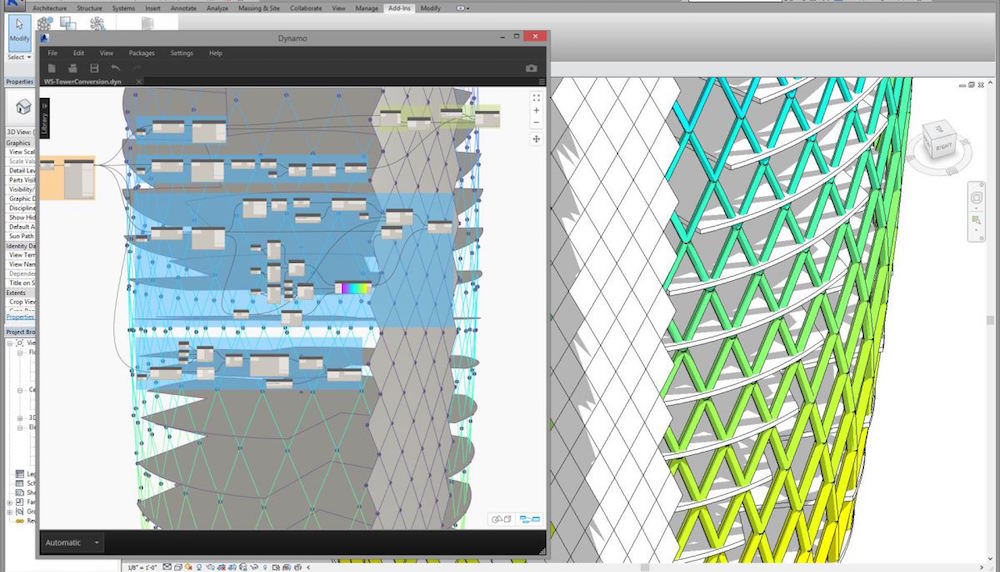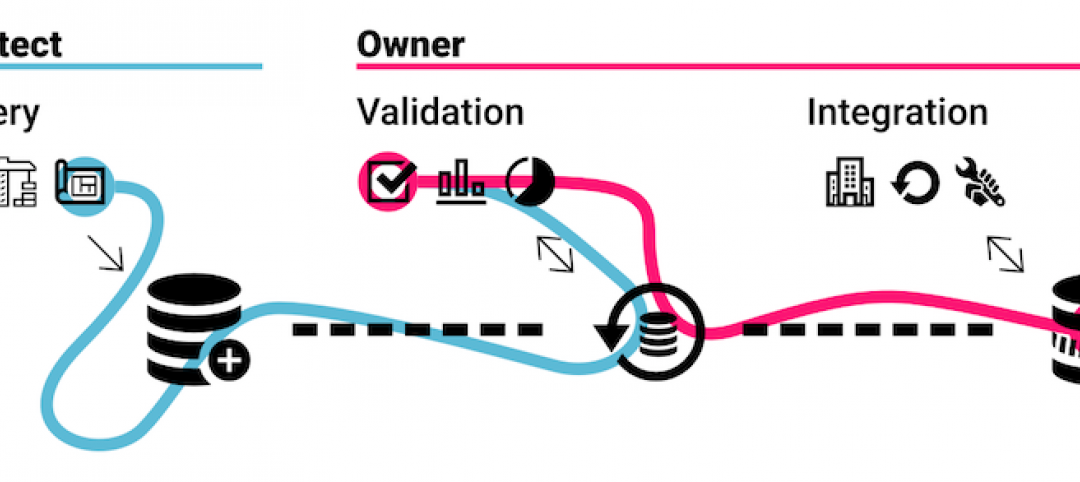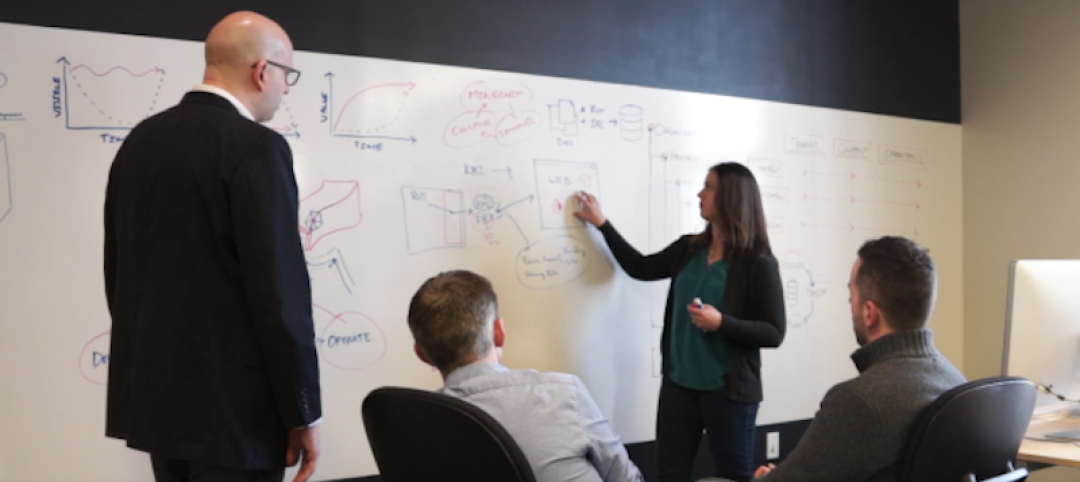Design Intelligence’s 2015 Technology Trends and Innovation report cited that firms anticipated a number of computation-centric concepts to have significant impacts on business in the coming year. Among the concepts listed were “pervasive computing”, and “design by algorithm”. There can be little doubt that these processes are taking hold in a significant way for architecture and engineering companies. Companies such as Woods Bagot, NBBJ, and Thornton Tomasetti have positioned computational design as more than just another delivery tool: it is becoming central to the business of design.
Many of Proving Ground’s recent collaborations have been focused on developing business roadmaps for growing these capabilities in practice. While it is easy to get caught up in the hype about the possibilities for new tools, it is important to prioritize tactics that can help a business work towards scalable solutions that yield productivity and value.
In creating a roadmap for computation in practice, there are three things I like to consider when helping an organization achieve a meaningful implementation.
The Software is Cheap, Invest in the Right People
Have you seen the price point for computational design software lately? Grasshopper is a free plugin. Dynamo is open source (mostly). Learning to code has never been more accessible. In fact, building up computational capabilities looks quite different when compared to expensive investments in BIM and CAD software.
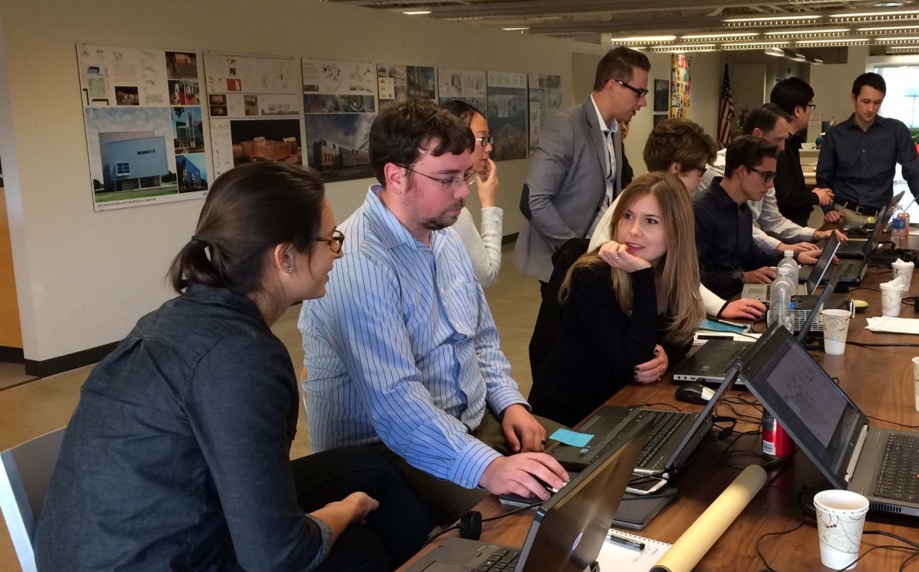 Matt Goldsberry, HDR Digital Design Principal, leads a project workshop in computation.
Matt Goldsberry, HDR Digital Design Principal, leads a project workshop in computation.
As with most things that drive success in service organizations, people should be the real focus of business investment for executing a successful computational design strategy. Design organizations should be looking for do-it-yourself creative thinkers that have a knack for making digital tools.
The good news is that computational design skills are becoming more commonplace among emerging professionals. However, computation is made meaningful only when combined with a firm’s design principles and business ethos.
Both/And – Specialized Staff, Distributed Skillsets
Historically, the most common model I have observed for implementing computational design has been for a firm to focus on creating a specialized team that acted as a hybrid of R&D skunkworks and project hit squad. This strategy is highly beneficial for the cultivation of a critical mass of expertise. However, there are limits to how this approach can scale in a larger company.
I often recommend that a company think about how a range of skillsets can be built up to encourage broader participation, skill growth, and engagement across an organization.
So what’s the right mix?
While the mix may vary greatly per organization, I like to think about the makeup of a computation-enabled design staff as being composed of a 70/20/10 ratio: 70% should have enough working knowledge to be able to ‘pull the levers’ on pre-made computational tools, 20% should have comfort level building simple tools and modifying complex project algorithms, and 10% should have an advanced skillset in creating sophisticated tools and solutions.
Having a computation-enabled team also means that project leadership and management have enough knowledge to be able to calibrate the process and give the team a platform to deliver valuable design solutions.
Defining the Business Value is Key
While computational design is an important trend in the architectural design world, the value is not implicit. I am often confronted with questions akin to some variation of “can Grasshopper or Dynamo do [x]” with the assumption that there is a set of predefined features for a specific use case. The reality is quite the opposite: computational design is about the process of creating solutions. The question is better framed as “What can we create that will help us better solve [x] design problem.”
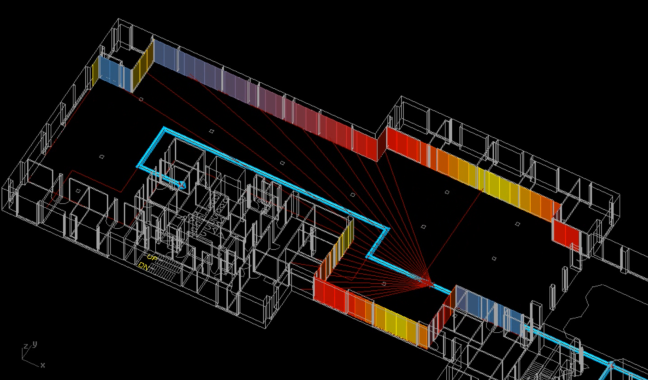 A custom tool for helping planners analyze spatial experience criteria such as line-of-sight.
A custom tool for helping planners analyze spatial experience criteria such as line-of-sight.
The value of computation is greatly dependent on how an organization is able to position the new skillsets, tools, and workflows relative to the business. For example, creating a computational algorithm can greatly increase the speed of solving repetitive design problems. Creating a new tool for a project or market can provide an advantage for a firm looking to differentiate services in a competitive marketplace.
Computational design is a powerful, open-ended methodology. For it to be meaningful to a business ‘at scale’ means determining the desired outcomes coupled with a strategic framework for developing a team capable of creating impactful solutions.
More from Author
Proving Ground | Apr 14, 2021
Business intelligence: 5 drivers for adoption in architecture and construction
This article will explore some of the drivers for how BI is finding successful adoption among architects, engineers, contractors, and owners.
Proving Ground | Oct 8, 2020
4 challenges of realizing BIM's value for an owner
In recent years, we have found our consulting practice engaging more and more with owners that are questioning the value of BIM and how they can make use of potentially data-rich BIM assets.
Proving Ground | Mar 24, 2019
5 ways designers and builders can use business intelligence with data they already have
Tricky construction budgets, large project teams, and unique designs needing extensive coordination are all problems increasingly being handled with new software tools and data.
Proving Ground | Aug 21, 2018
Five habits that are keeping your digital strategy from working
Strategies are always created with the best of intentions for improving business, the effort involved in executing the strategy – especially ones involving disruptive digital capabilities – is greatly underestimated.
Proving Ground | Dec 12, 2017
Reflecting on the future of work
'I believe in the potential for new technology to positively impact the quality of the built environment with immense speed and great efficiency,' writes Proving Ground's Nathan Miller.
Proving Ground | Oct 6, 2017
How professional bias can sabotage industry transformation
Professional bias can take the form of change-resistant thinking that can keep transformational or innovative ambitions at bay. Tech consultant Nate Miller presents three kinds of bias that often emerge when a professional is confronted with new technology.
Proving Ground | May 24, 2017
Data literacy: Your data-driven advantage starts with your people
All too often, the narrative of what it takes to be ‘data-driven’ focuses on methods for collecting, synthesizing, and visualizing data.
Proving Ground | Feb 16, 2017
Positioning computational designers in your business: 4 things to consider
There appears to be very little industry consensus as to what a ‘computational design’ position actually means in a business setting.
Proving Ground | Apr 15, 2016
Should architects learn to code?
Even if learning to code does not personally interest you, the growing demand for having these capabilities in an architectural business cannot be overlooked, writes computational design expert Nathan Miller.

